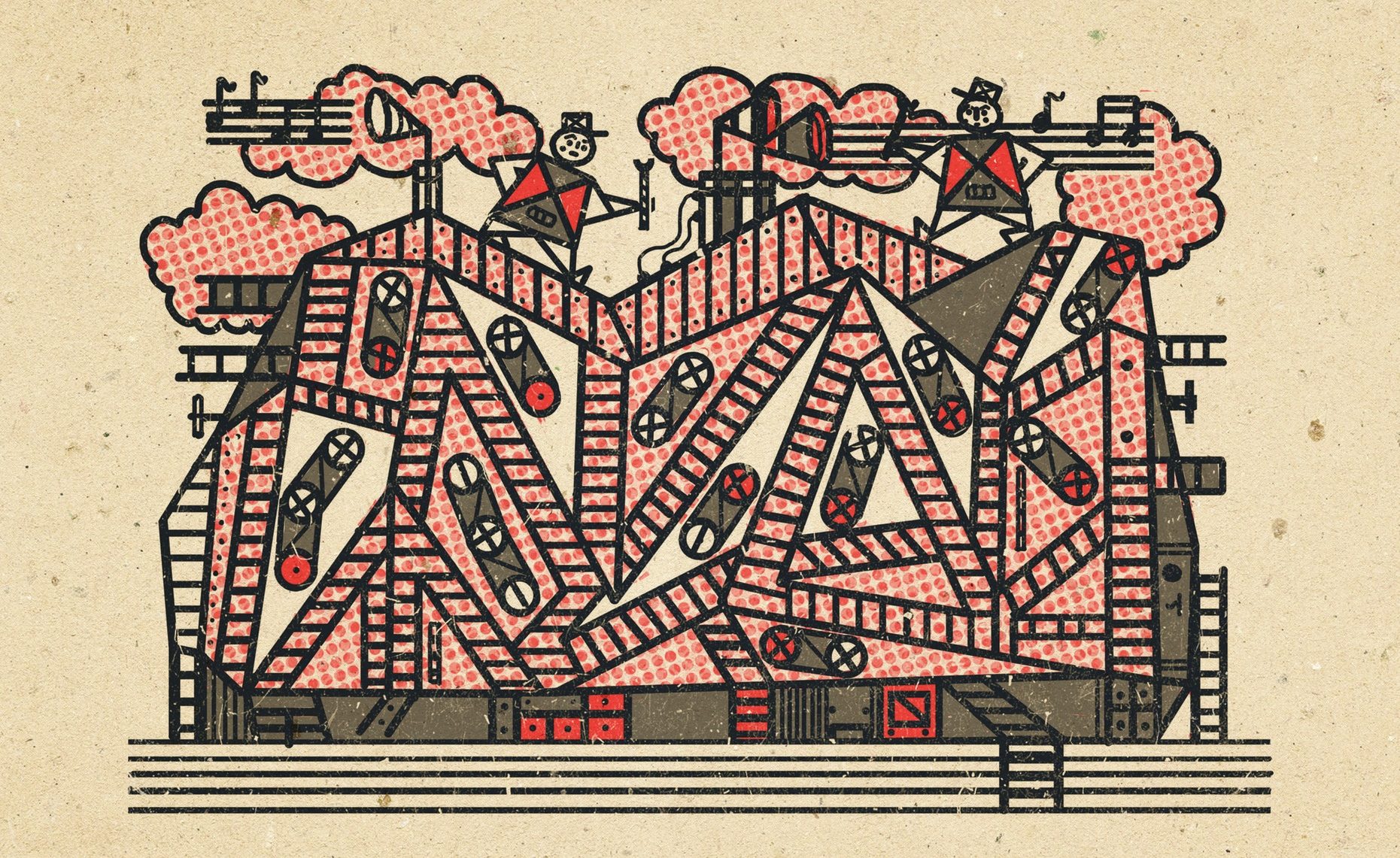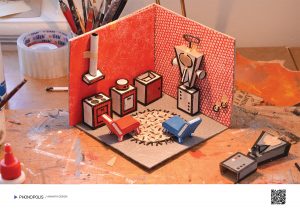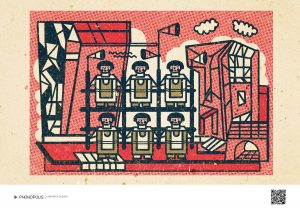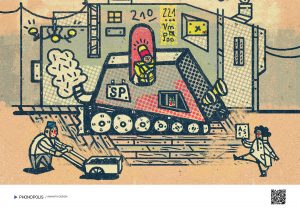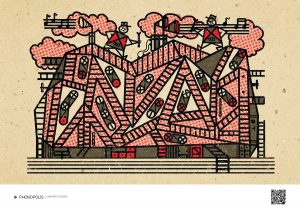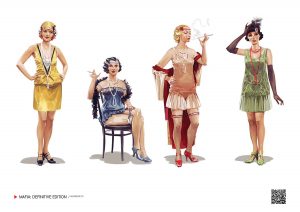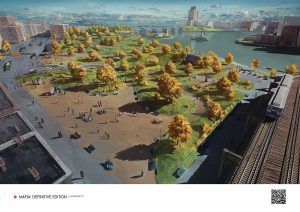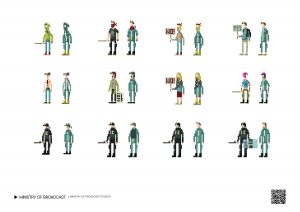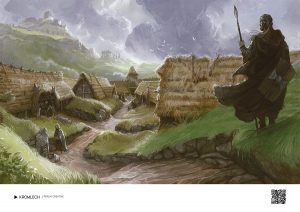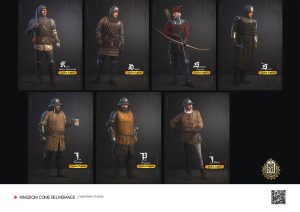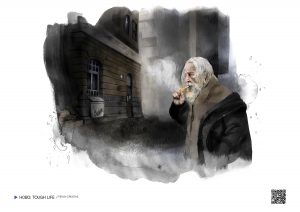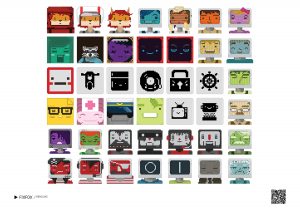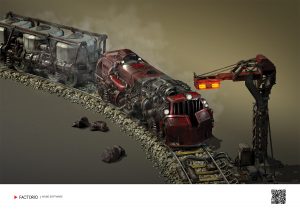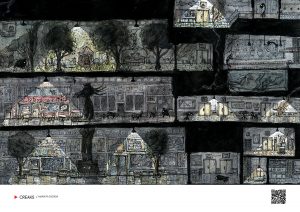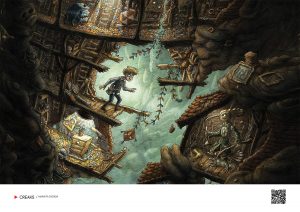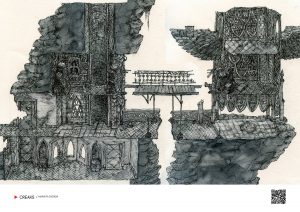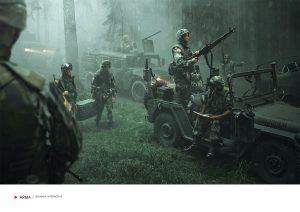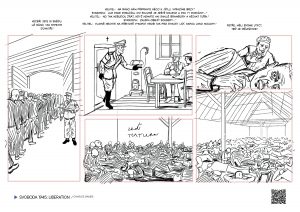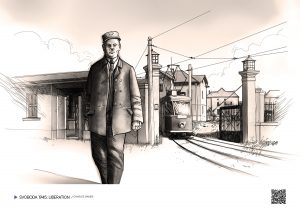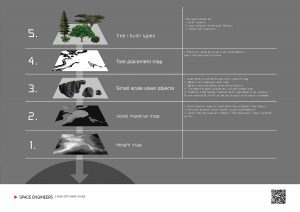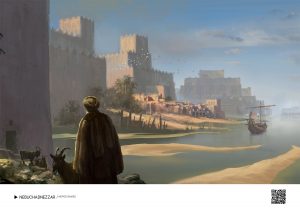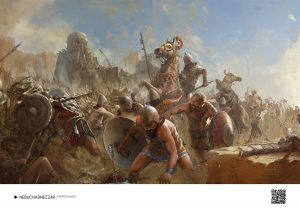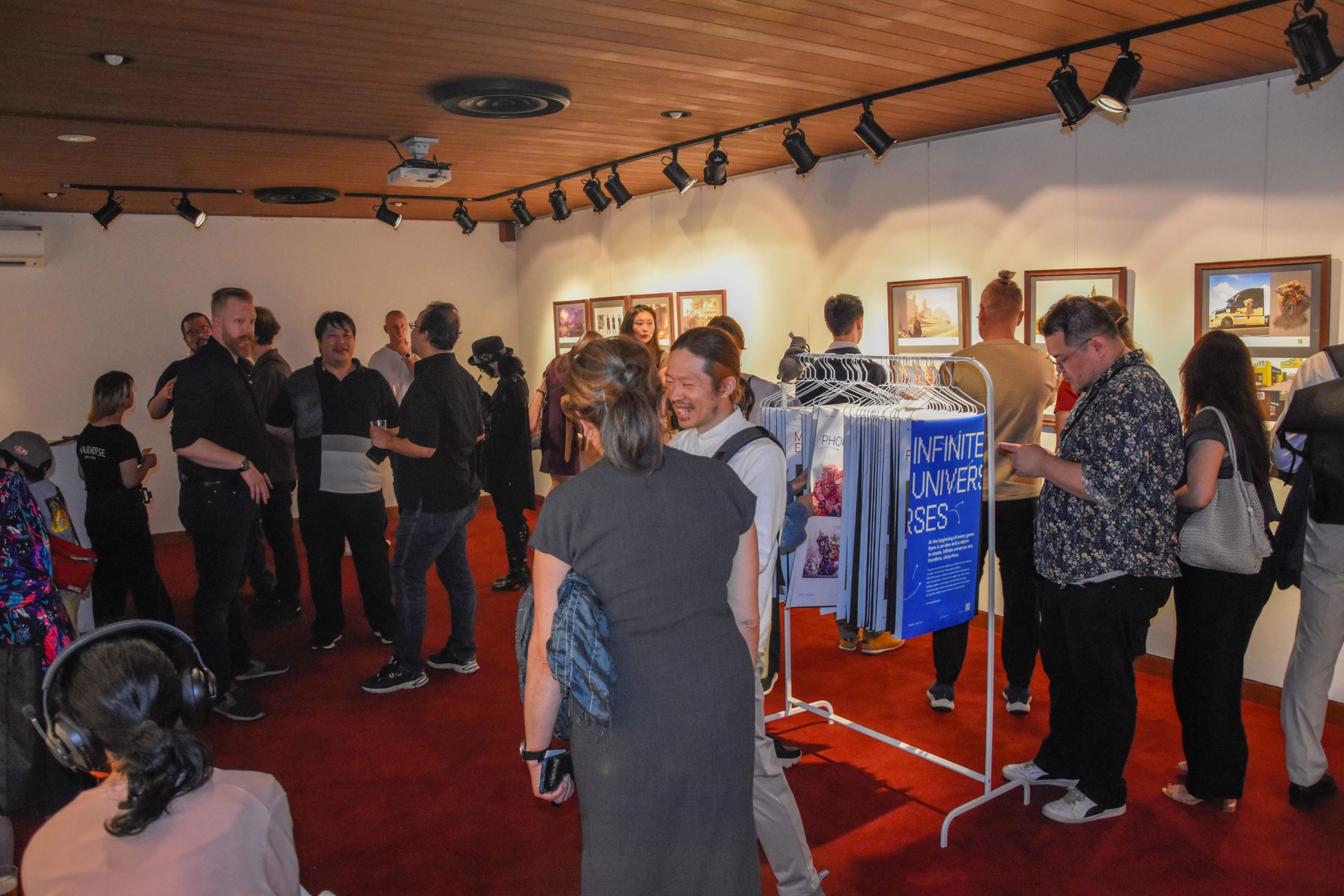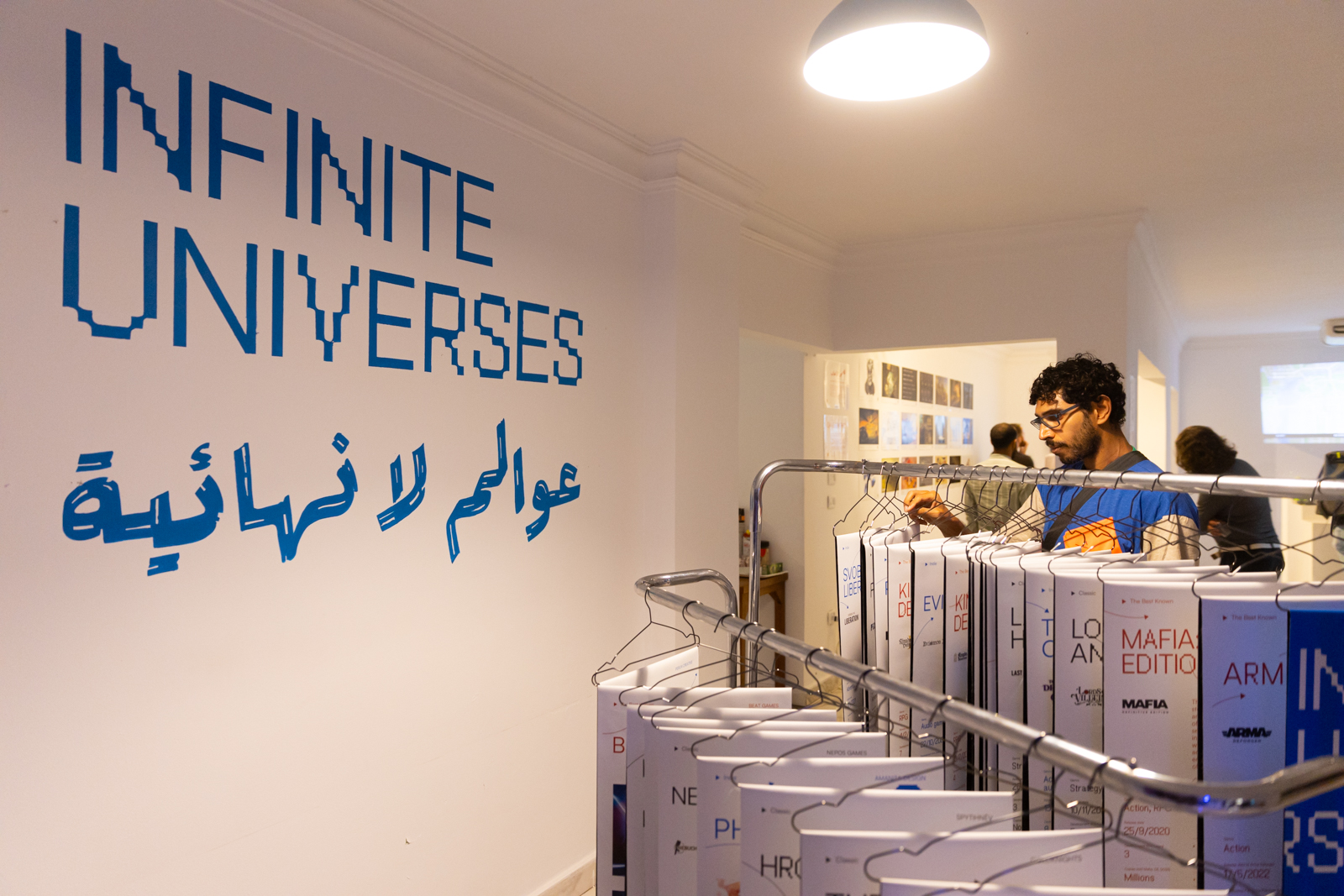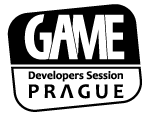Like any other audiovisual medium, the development of digital games requires a significant amount of graphic elements, which then become the primary means of communication.
The process of developing contemporary game graphics begins with decisions about style.
There is often a dilemma between attempting to mimic reality realistically, even to the point of photorealism, and stylising the graphics to best capture the theme, setting, and overall style of the game. Indeed, this is the “divide” that typically illustrates different approaches between the so-called mainstream and independent scenes. The processes may be subjective, but on a general level, they progress from simple sketches illustrating the design intentions, moving on to a more detailed specification that primarily considers model animation. The process continues with production, testing, and optimisation.
The Czech scene is not large in scale, which is reflected in the range of visual styles used. While it can draw on a rich range of strong traditions in book illustration and film animation, the development of autonomous or original visual styles is only traceable to a limited extent. There are, of course, specific cases of alternative approaches to game graphics, where original authorial style is readily apparent.
MgA. Vojtěch Vaněk
Head of the Game Media Studio at the Faculty of Fine Arts, Brno University of Technology (VUT)

